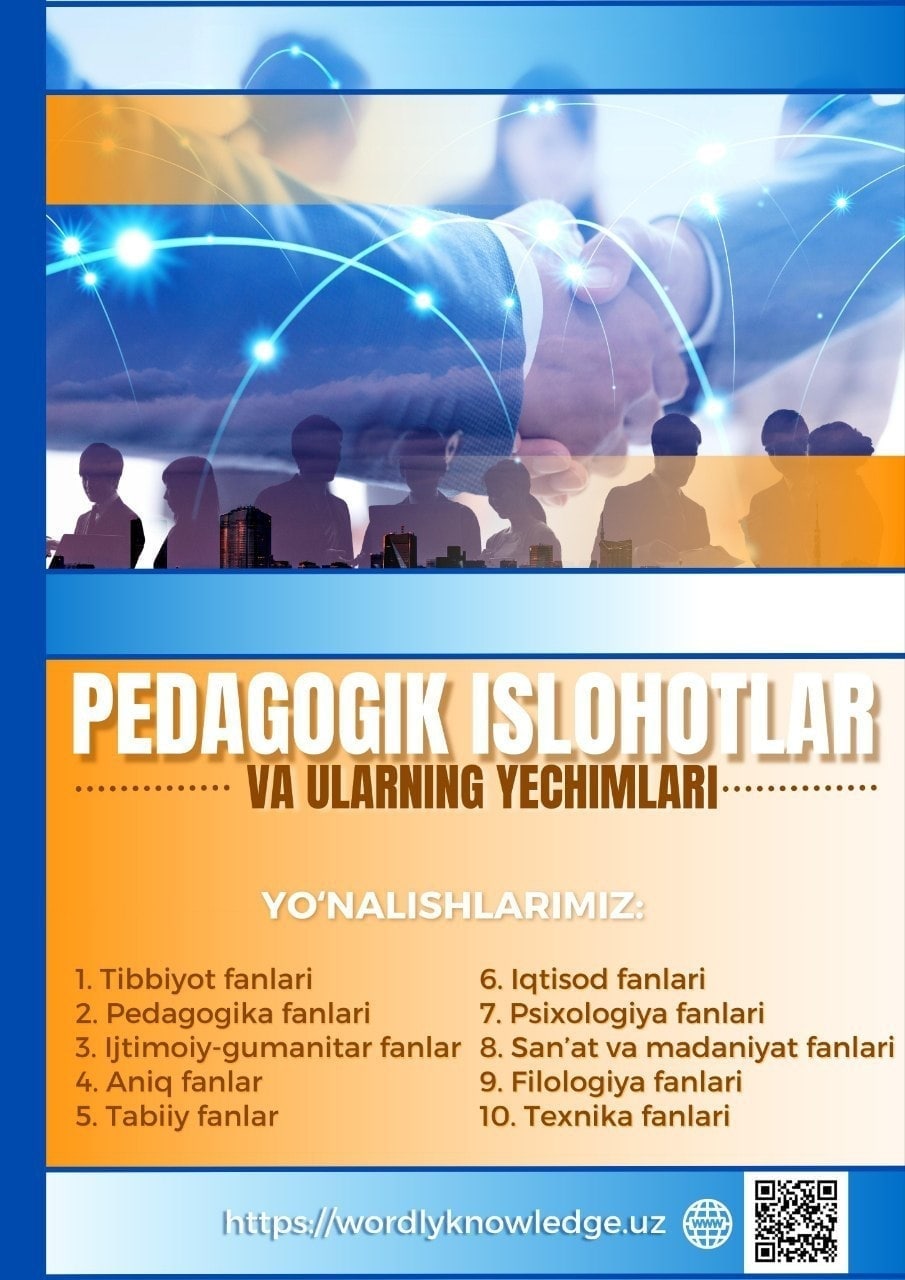A COMPARATIVE INVESTIGATION OF METONYMY IN ENGLISH AND UZBEK LANGUAGES
Keywords:
metonymy, English, Uzbek, comparative analysis, linguistic devices.Abstract
This article explores the use of metonymy in both English and Uzbek languages, highlighting similarities and differences in how this rhetorical device is employed. Through a comparative analysis, it examines various examples of metonymy in both languages, including institutional and cultural references. The study reveals how metonymy functions in different linguistic and cultural contexts, providing insights into the underlying principles of associative meaning in English and Uzbek.
References
1.Kövecses, Z. (2002). Metaphor: A Practical Introduction. Oxford University Press.
2.This book provides a comprehensive overview of metaphor and metonymy, offering insights into their roles and functions in various languages, including English.
3.Lakoff, G., & Johnson, M. (1980). Metaphors We Live By. University of Chicago Press.
4.Lakoff and Johnson's seminal work on conceptual metaphors and metonymy, which has influenced contemporary understanding of these rhetorical devices.
5.Geeraerts, D. (2010). Theories of Lexical Semantics. Oxford University Press.
6.This text explores different theories of meaning and semantics, including discussions on metonymy and its application across languages.
7.Said, A. M. (2020). The Role of Metonymy in Uzbek and English Languages. Journal of Linguistic Studies, 15(2), 45-62.
8.This article provides a comparative analysis of metonymy in Uzbek and English, offering insights into specific examples and cultural differences.
9.Jalolov, N. (2018). Metonymy in Uzbek Discourse: A Study of Linguistic Patterns. Central Asian Linguistics Review, 8(1), 23-38.
10.An exploration of metonymy in Uzbek language and discourse, examining the use of metonymic expressions in various contexts.

